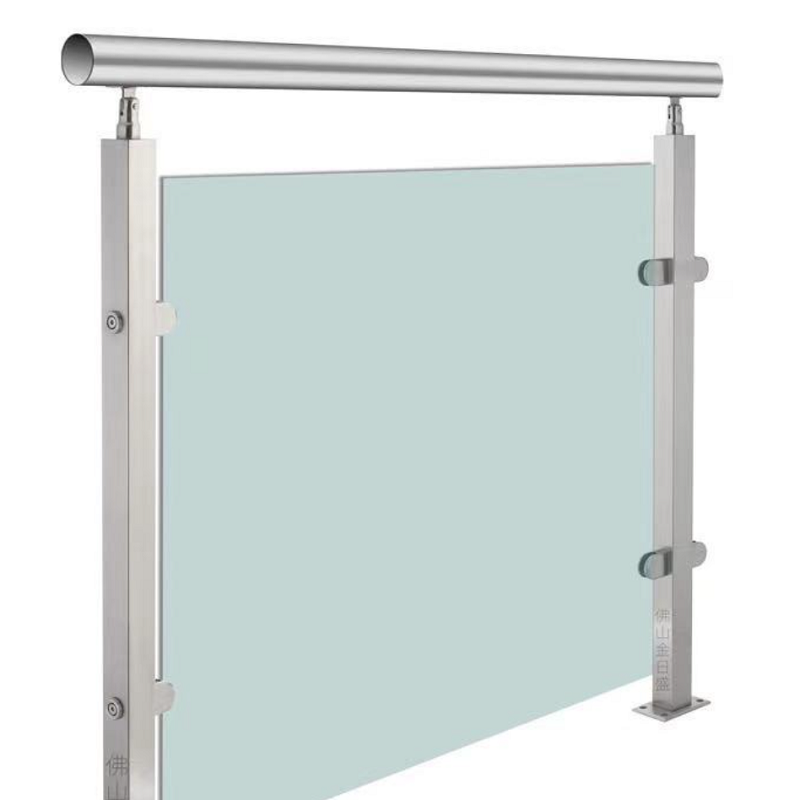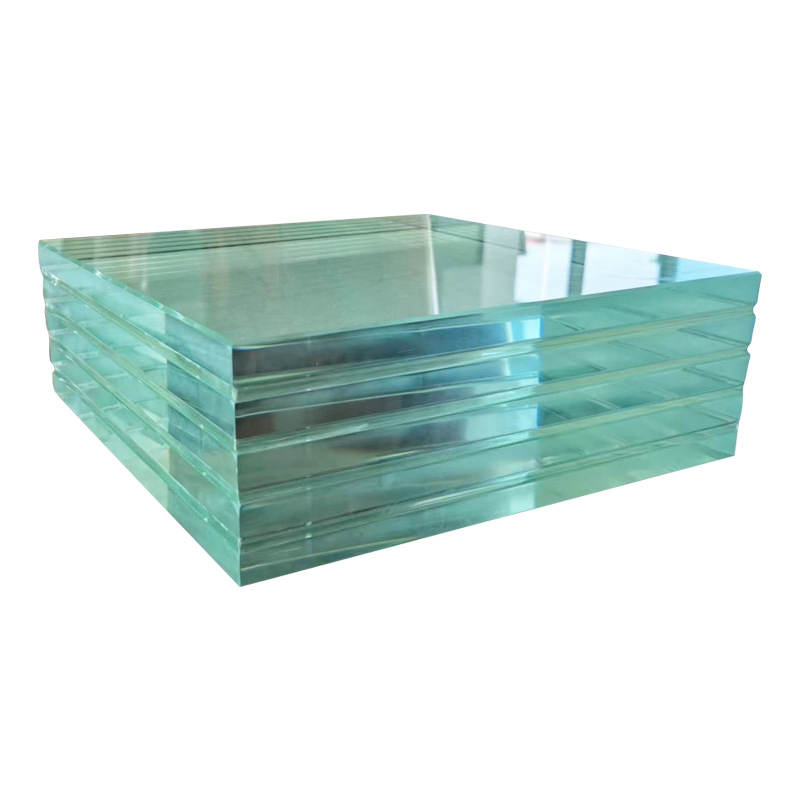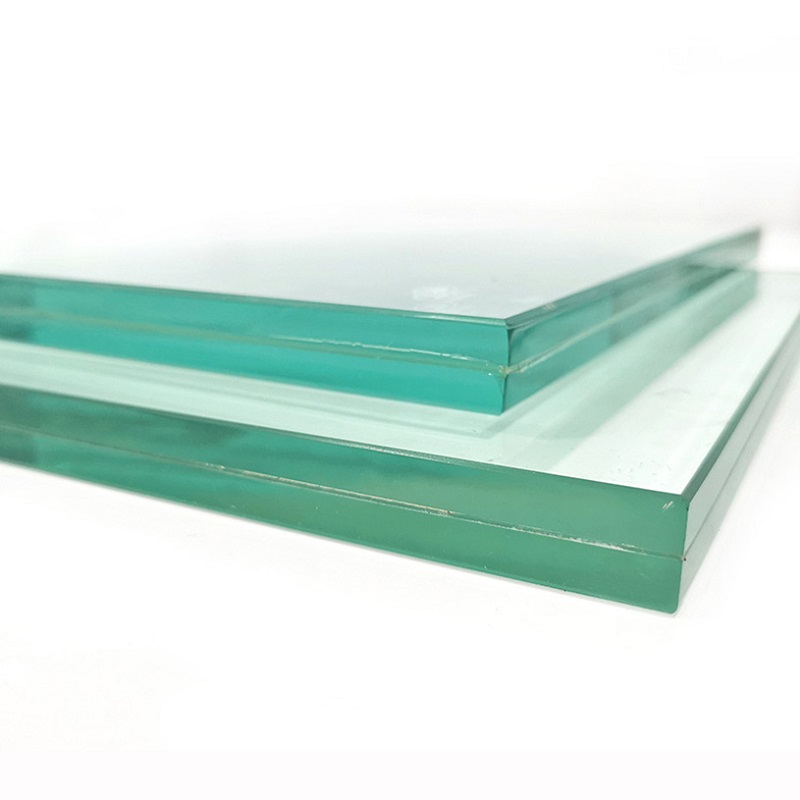The Evolution of Architectural Glass
The transformation of Architectural glass has been a remarkable journey, evolving from basic window panes to sophisticated elements that define modern architecture. This progression has been driven by technological advancements, shifts in design preferences, and an increased focus on sustainability and energy efficiency.
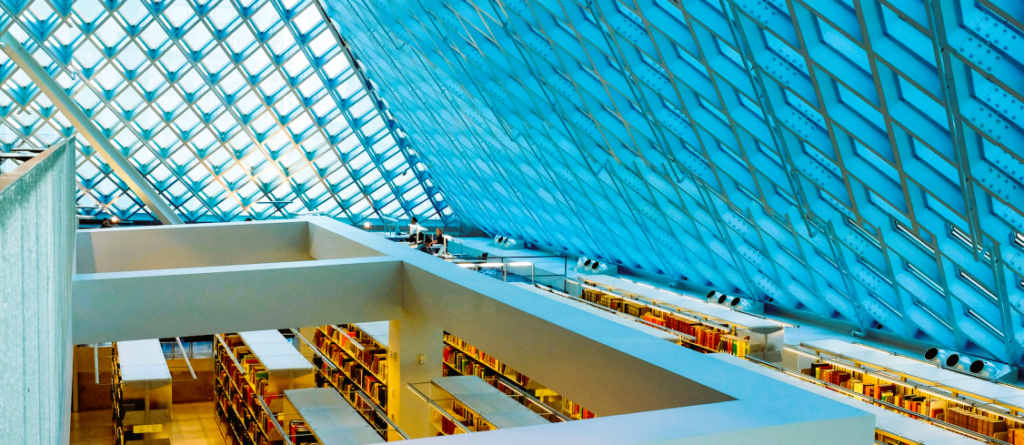
Early Beginnings and Artistic Expression
Architectural glass initially served a functional role, protecting from the elements while allowing natural light to illuminate interior spaces. Its early use can be traced back to ancient civilizations like the Romans, who crafted mosaic windows with small glass pieces. The Middle Ages saw a significant expansion in Architectural glass use, particularly in European cathedrals and churches, where stained glass windows became a form of artistic expression depicting religious narratives.
Renaissance and Industrial Innovations
The Renaissance brought innovations in Architectural glass with the advent of larger, clearer windows that let in more light, creating brighter interiors. The Industrial Revolution further transformed Architectural glass production with mechanized processes, enabling mass production and quality consistency.
The Float Glass Revolution
The 20th century marked a revolution in Architectural glass with the development of float glass technology in the 1950s. This process created large, uninterrupted sheets of glass, paving the way for modern architectural designs featuring expansive glass facades and curtain walls.
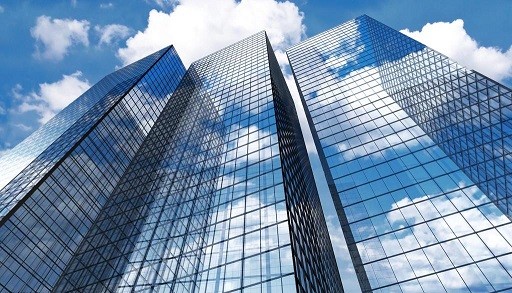
Modern Advancements and Energy Efficiency
Today, Architectural glass continues to evolve, with technological innovation and design trends shaping its development. Energy-efficient glass coatings, such as low-emissivity (low-E) glass, are increasingly used on double glazed windows and triple glazed windows to reduce heat transfer and improve thermal insulation, making buildings more energy-efficient and environmentally friendly.
Smart Technologies and Sustainability
Another modern trend is the integration of smart technologies like electrochromic glass and dynamic glazing systems into Architectural glass. These can change transparency or tint in response to external conditions, offering greater control over natural light and solar heat gain. There is also a growing emphasis on sustainability, with manufacturers exploring new materials and production methods that minimize environmental impact, including the use of recycled glass and the development of recyclable products.
Conclusion
The evolution of Architectural glass reflects not only technological progress but also shifts in architectural aesthetics and priorities. From its early use in mosaic to the sleek, energy-efficient glass facades of today, Architectural glass plays a crucial role in shaping the built environment.


